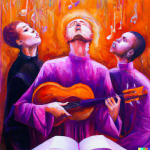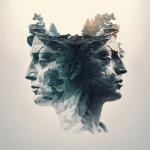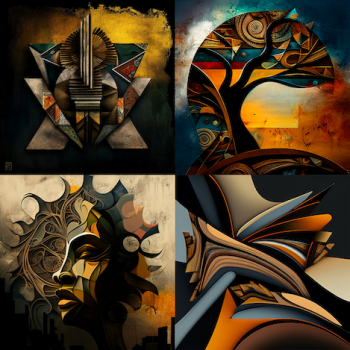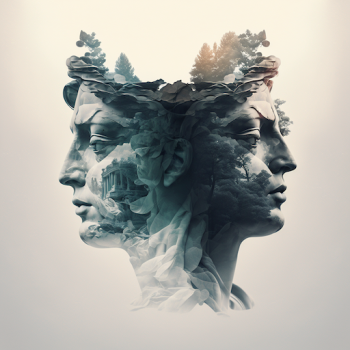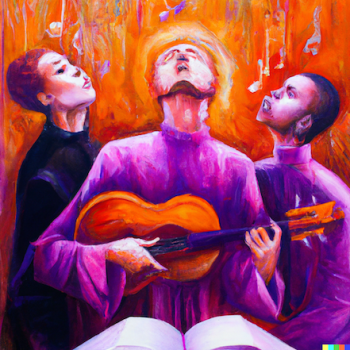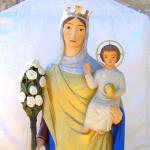Exploring the Intersection of Greek Art and Spirituality
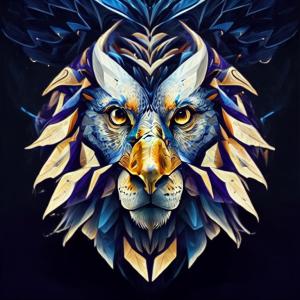
The vibrant world of Greek art isn’t solely about graceful figures and meticulously sculpted forms. Delving deeper, we discover a fascinating intertwine between artistic expression and spirituality, revealing how art served as a bridge between the human and the divine in ancient Greece.
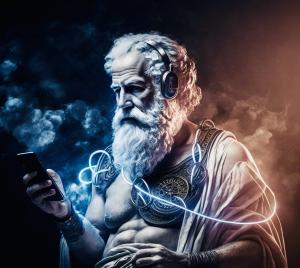
Gods and Heroes: Shaping the Narrative:
Greek art was deeply influenced by and intertwined with mythology. Depictions of gods, goddesses, and heroes weren’t mere artistic creations; they were visual representations of the divine realm, serving as:
- Objects of veneration: Sculptures and statues of deities housed in temples served as focal points for worship and prayer.
- Moral exemplars: Stories depicted through paintings and pottery showcased the triumphs and follies of heroes, serving as cautionary tales and sources of inspiration.
- Windows into the unseen: Artistic representations provided a glimpse into the stories and personalities of the Greek pantheon, fostering a connection with the divine.
Beyond the Physical: Beauty and the Divine:
The pursuit of physical beauty in Greek art wasn’t merely an aesthetic concern; it was connected to a deeper understanding of divine perfection. The idealized forms of gods and heroes reflected the belief in a harmonious and ordered universe, with beauty perceived as a manifestation of the divine.
- The harmonious proportions of sculptures like the Venus de Milo embodied the ideal of divine beauty and perfection.
- The use of symmetry and balance in architecture, most notably seen in the Parthenon, reflected the order believed to exist in the cosmos and the divine realm.
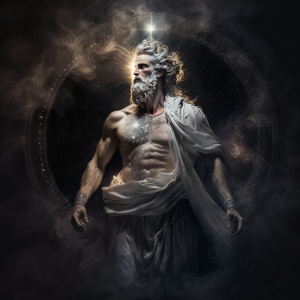 Art as Ritual: Offerings and Expressions of Faith:
Art as Ritual: Offerings and Expressions of Faith:
Beyond static representations, Greek art played a vital role in religious rituals and offerings:
- Votive offerings: Statuettes and pottery depicting deities or scenes of worship were offered to temples as expressions of gratitude and devotion.
- Dramatic performances: Tragedies and comedies, often exploring themes of morality and human interaction with the divine, served as a form of religious expression and societal reflection.
Conclusion:
Greek art offers a captivating glimpse into the intertwined relationship between artistic expression and spirituality in ancient Greece. From the depiction of deities to the pursuit of beauty and the use of art in rituals, it reveals a culture where art served as a bridge between the human and the divine, shaping and reflecting the world view of a people deeply connected to their gods and goddesses.


